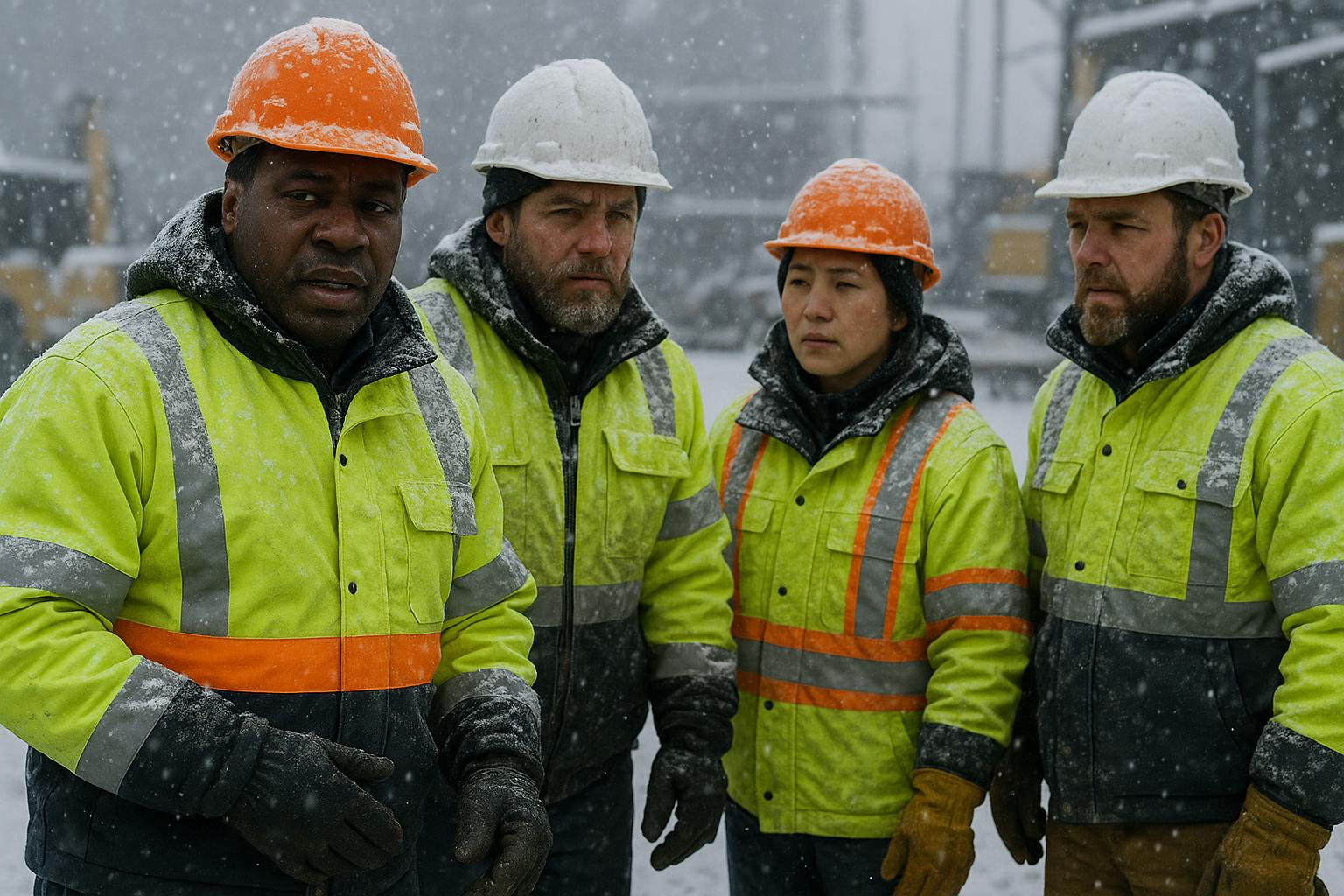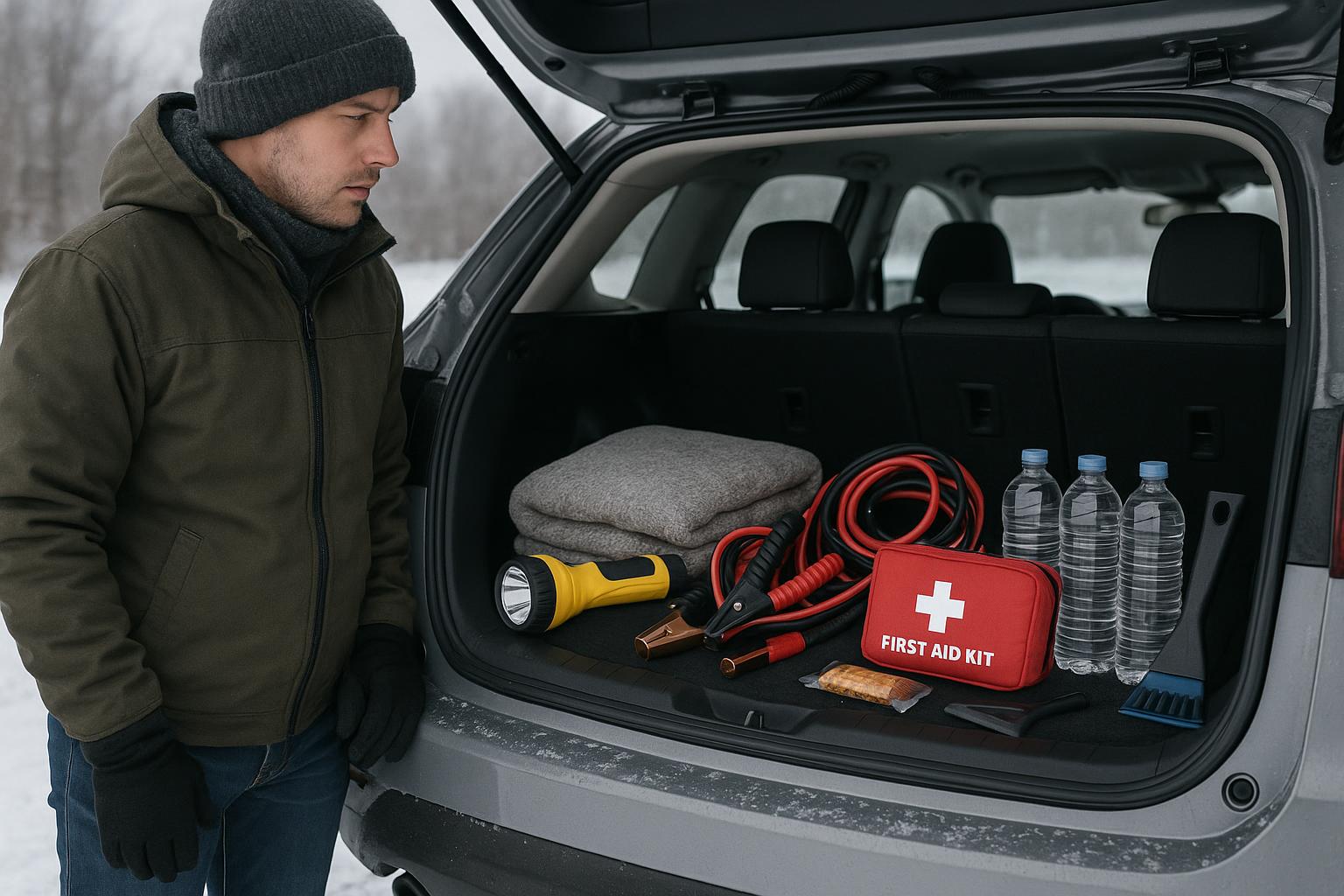Provided by: Three Sixty Safety
Stay Safe With
Personal Protective Equipment
In the manufacturing industry, engineering controls are the first line of defense against occupational injury and fatalities. However, these methods do not always offer the maximum protection for workers, so personal protective equipment (PPE) is crucial.
While we follow all government regulations regarding PPE and maintain American National Standards where required, it is also important that employees do their part. Become familiar with the types of PPE you may be required to use and why it is essential to your health and safety.
Oftentimes, workers don’t wear their safety equipment because it’s a nuisance to put on or because it’s bulky and uncomfortable. It can be tempting not to put PPE on at all unless the safety supervisor is looking, but ultimately, it is up to you to be a professional and recognize the life-saving benefits of PPE.
A poorly fitted piece of protective equipment can cause headache or pain, and if it does, see your supervisor immediately to have it adjusted or re-fitted. But most of the time, it’s just a matter of getting used to wearing these items. This is a lot easier when you remember that, like a football player, you stand a better chance of continuing successfully with your job and your home life if you are protected from possible serious injury by protective equipment.
Foot protection, also known as steel-toe boots, safety-toe boots, steel-capped boots or safety shoes, is a must for all workers exposed to falling objects and puncture wounds from below. Most shoes will have symbols on the outside to illustrate the type of protection the footwear offers.
Hand and arm protection is one of the most important pieces of PPE in the manufacturing industry because of the presence of amputation hazards and harmful materials. Depending on the work you do, you may need leather, canvas, metal mesh, fabric, coated fabric, chemical-resistant or liquid-resistant gloves.
Head protection is required in areas with the danger of impact, falling or flying objects and electrical shock or burn. Be sure to select the proper size, and take good care of the equipment so it doesn’t fail in the event of an accident.
In some cases, full-body protection may be necessary to fully protect against all harmful agents in the workplace. When full-body protection is required, it should not be taken lightly. It must be worn whenever you are in designated areas.
Though it is often overlooked, hearing protection is crucial in a manufacturing environment to prevent permanent damage. Remember that plain cotton is not an acceptable form of ear protection.
When there is a chance of physical, chemical or radiation damage to the eyes or face, you must wear appropriate PPE. Everyday glasses do not qualify and are no excuse for lack of proper protection—request eye and face PPE that fits over spectacles.
Respiratory protection is one of the most important pieces of PPE in a manufacturing environment because without it, toxins may enter straight into the body. It is important for you to understand how to use this PPE properly and what its limitations are.
For more safety tips, talk to your supervisor.
This Safety Matters flyer is for general informational purposes only, and is not intended as medical or legal advice.



